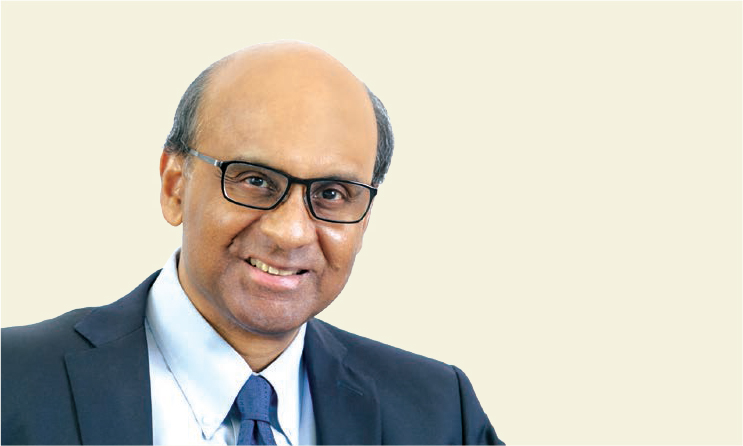There is a need to teach children open-water swimming skills, said Tharman Shanmugaratnam, Deputy Prime Minister of Singapore, while attending the wake of deceased 12-year-old boy who drowned in the waters near East Coast Park.
Talking to reporters at the wake, Tharman said, “It’s something that we have to do more about, not only because of this tragic incident… It’s a very useful life skill and it’s just a very useful form of physical endeavour.”
The deceased, Muhammad Suhaimi Sabastian, suffered the mishap on Monday afternoon when he went swimming near East Coast Park along with his friends.
He ended up being one of four boys who struggled in the sea, about 50 metres behind the shoreline. Three of the boys were later saved by Silvia Hajas, 47, an Australian who was incidentally present on the shore. The rest had earlier swam back to shore.
The body of Suhaimi was later found at around 3.30 pm in the waters off Bedok Jetty by Singapore Civil Defence Force officers, after a three-hour search operation.
There is a national water safety programme called SwimSafer which was introduced with the goal of arming Singaporeans, especially children, with water safety knowledge and water survival skills, as a safeguard against drowning.
This was introduced after the National Water Safety Council called for a review of the national water safety programmes in July 2008. It was deemed then that a national framework, emphasising on drowning prevention, was needed.
It is also a matter of concern that the number of children involved in near-drowning or drowning incidents in Singapore had risen drastically over the period from 2011 to 2015, compared to the six years before that. KK Women’s and Children’s Hospital saw 104 such cases — 94 near-drowning, 10 drowning — involving children aged below a year to 15, and these incidents mostly happened at private pools. This is about 17 to 27 cases a year, compared with one to 14 cases a year from 2005 to 2010.

